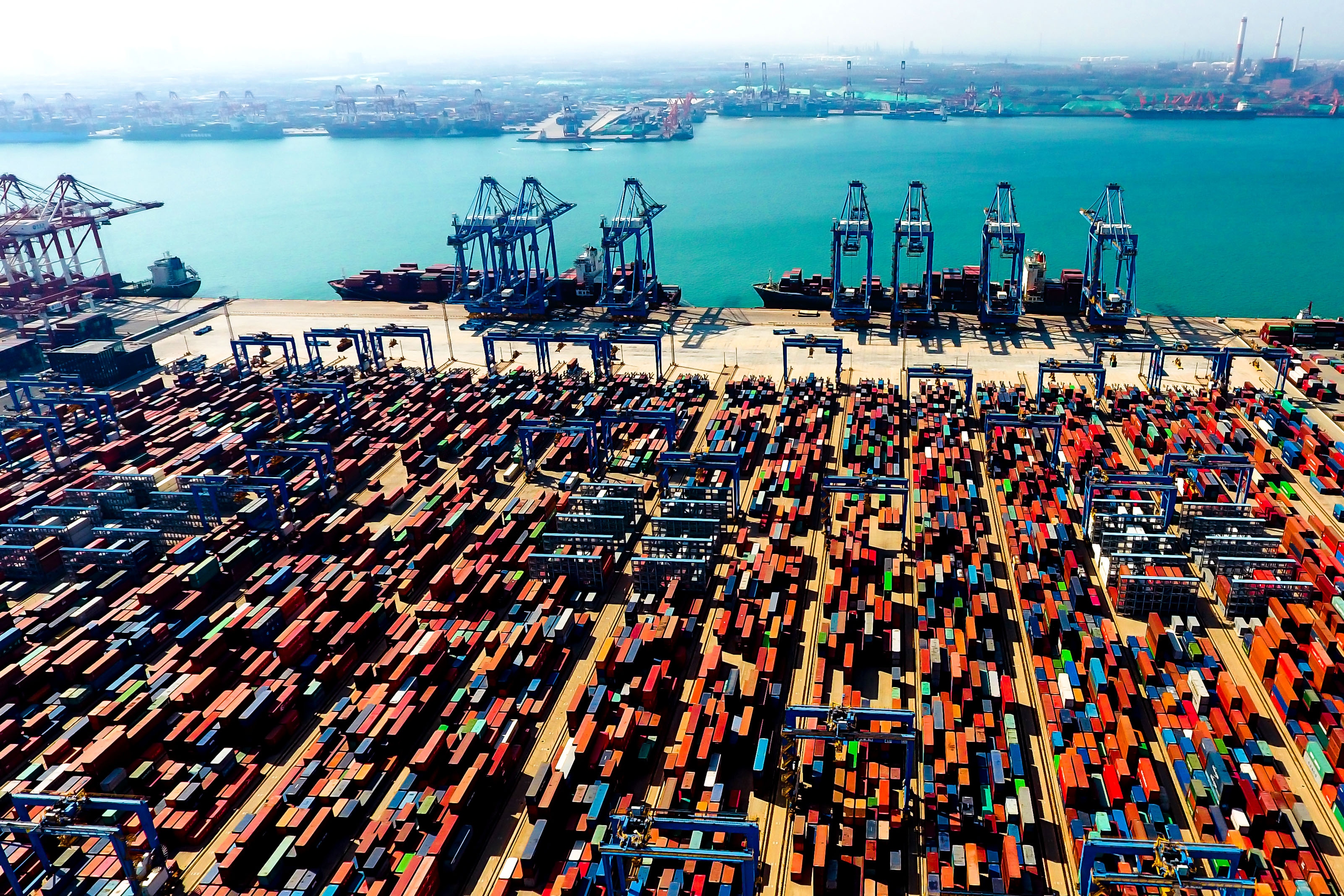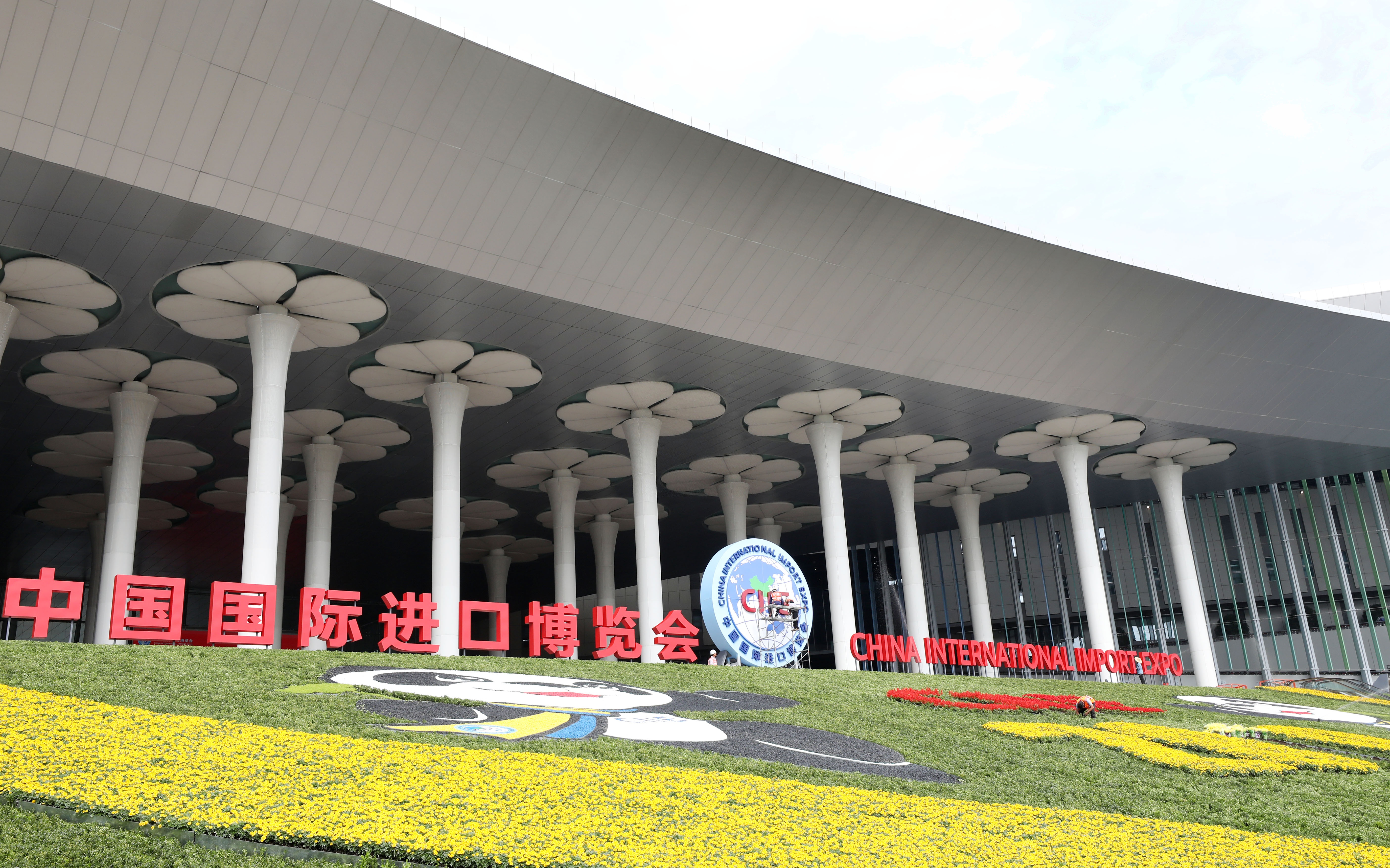A More Open China with More Opportunities

China has been continuously introducing new reforms with the intent to further bolster growth and enhance trade relations with other countries in an open, balanced, and mutually beneficial manner.
China’s Ministry of Commerce released a statement on October 17 highlighting that foreign direct investment (FDI) in the mainland has swelled by 6.5% year-on-year in the first three quarters. With this, the total amount of overseas investment in the current year has reached 683.21 billion yuan ($96.53 billion). In September alone, FDI hit almost 79.18 billion yuan, up 3.8% year-on-year.
The statement further reported that 30,871 new foreign-funded enterprises were established in the Chinese mainland during this period. Investments in high-tech industries reached 203.8 billion yuan, a 39.8% increase year-on-year, also accounting for 30% of total FDI figures. Meanwhile, investments in the country’s pilot free trade zones (FTZ) reached 98.84 billion yuan, equal to 14.5% of the total FDI.
This growing flow of funding into the country can undoubtedly be attributed to China’s opening-up policies. The country has been continuously introducing new reforms with the intent to further bolster growth and enhance trade relations with other countries in an open, balanced, and mutually beneficial manner.

As an example, to create a conducive business climate and provide broader market access to overseas companies, Beijing recently launched a pilot service program focusing primarily on sectors such as finance, education and telecommunications. Now, almost 220 pilot tasks and 21 opening-up measures have already been launched under this program, and in 2017 the inflow of foreign capital hit $23 billion in Beijing, thanks to this program. In addition, in March this year China intensified its efforts to open up the financial sector to overseas funding by considerably relaxing the minimum investment criteria for banks and insurance companies.
Notably, in 2013, China became the world’s largest trader of goods, with its volume of trade in goods reaching $4.6 trillion at the end of 2018, a massive rise from just $1.1 billion in 1950. Annual trade growth in the years of the planned economy from 1950 to 1977 was abysmally low, but from 1978, following the implementation of the country’s reform and opening-up policies, trade expanded by an average of 14.5% per year.
Over the last four decades, China’s share in global trade also sky-rocketed from a piddling 0.8% in 1978 to a whopping 11.8% in 2018. China has opened almost 120 service-related industries so far, while completely relaxing several sectors such as credit ratings, accounting, e-commerce, power batteries, and railway traffic equipment in its free trade zones. Consequently, the country’s trade-to-GDP ratio in 2018 reached an impressive 38%.
Additionally, in June of this year the National Development and Reform Commission (NDRC) and Ministry of Commerce released two revised negative lists for 2019. The items in these lists for the pilot FTZs and the rest of the regions have shrunk from 45 to 37 and from 48 to 40, respectively.
In 2018, China commenced the first China International Import Expo (CIIE), with the aim of forming more balanced trade agreements with its trade partners by increasing import volume and providing overseas firms greater market access. By launching this expo, China also aims to bring vitality to both regional and global economic growth through free trade networks and cooperation with other nations.
The second CIIE is to be held from November 5 to 10 in Shanghai. To date, more than 3,000 companies from 150 countries and regions have registered for the event, a significantly higher figure than last year’s participation. The addition to the second CIIE of new sections such as virtual and augmented reality, autonomous driving, the internet of things and blockchain technology has led to a 10% larger exhibition area of around 300,000 square meters.
At the first CIIE, China set the long-term goal of importing more than $30 trillion worth of commodities and $10 trillion worth of services in the next 15 years. Taking in past actions and the current scenario together with future projections, China can be expected to forge stronger trade links with nations across the world, continuing to create an environment of win-win cooperation through its continued reform and opening-up policies.
Rachana Gupta is an active blogger, poet and freenlance content writer. She is also the author of the book “To The Horizon We Indeed Sail”.
Opinion articles reflect the views of their authors only, not necessarily those of China Focus
If you would like to contribute, please contact us at chinafocus@cnfocus.com
 Facebook
Facebook
 Twitter
Twitter
 Linkedin
Linkedin
 Google +
Google +











